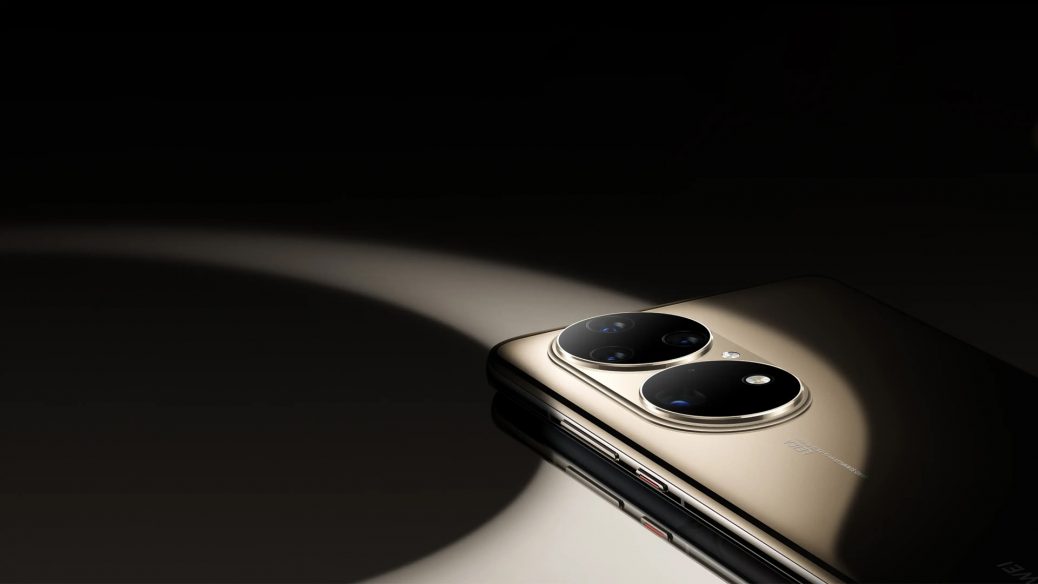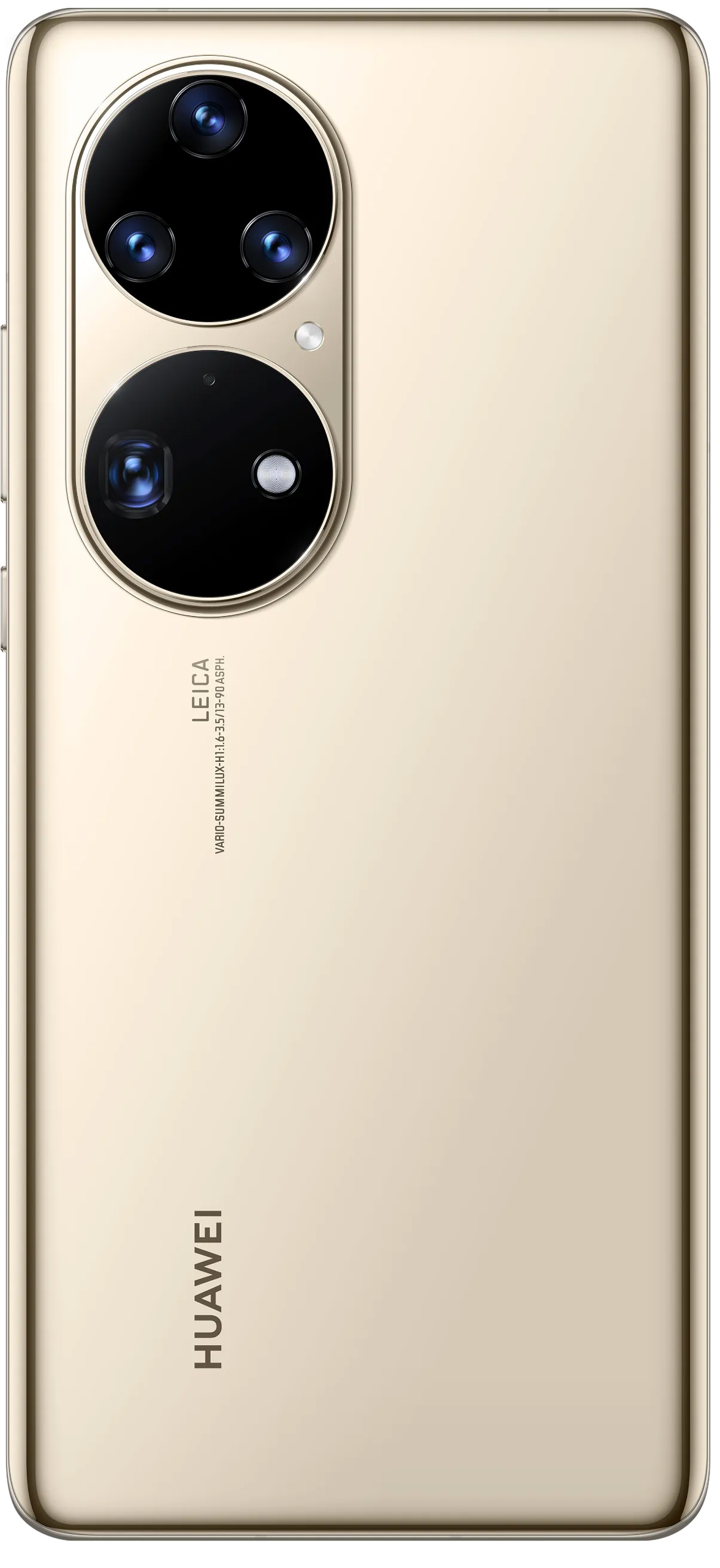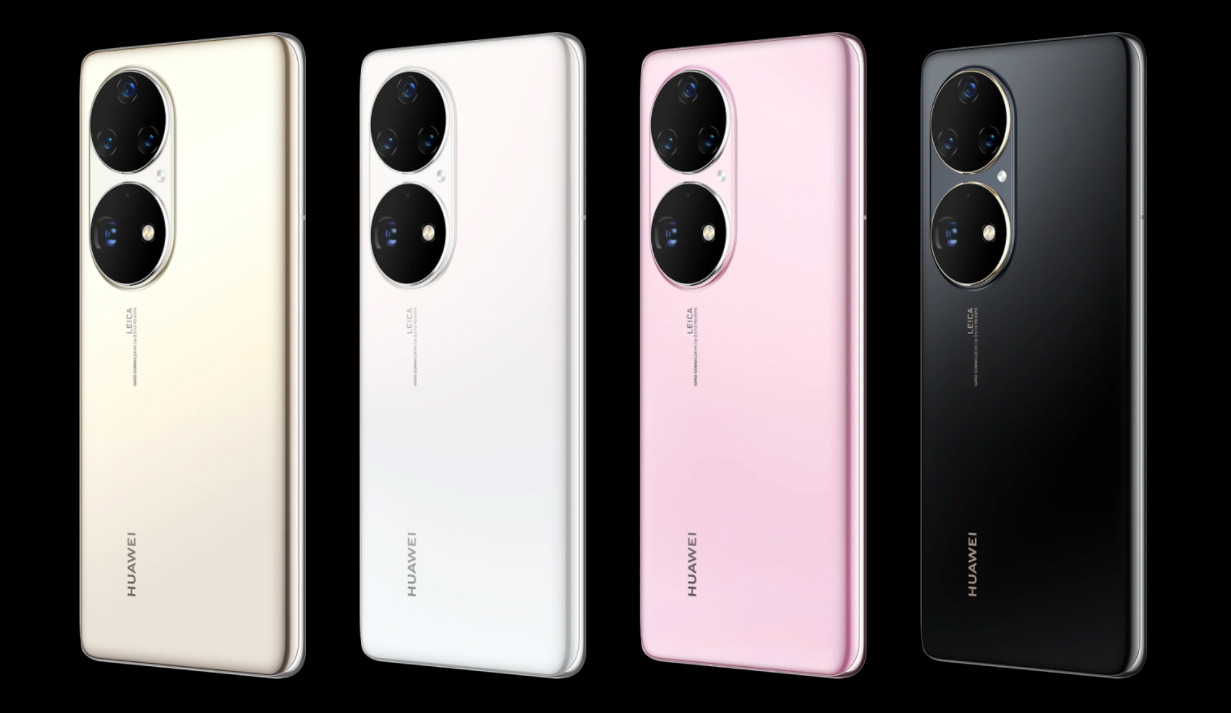Huawei Unveils the P50, All-New Dual-Matrix Camera Design
Huawei has announced two of its latest flagship smartphones for the Chinese market — the Huawei P50 and P50 Pro — which will have a 50-megapixel main camera and be the first major phone series to launch with the company’s own HarmonyOS, the company’s branded mobile operating system, which pairs with Huawei’s typically well-specced cameras and hardware that includes Qualcomm’s flagship Snapdragon 888 processor in some models.
Richard Yu, Executive Director and Chief Executive Officer of Huawei Consumer BG, believes that the new series represents “a new chapter in Huawei’s history of camera excellence, as well as a paradigm shift in mobile photography, aesthetic design, and all-scenario experiences.” Thanks to the incorporation of multiple cameras — three for P50 and four for P50 Pro — users will get to benefit from a variety of photography options.
The camera setup combines a large-sensor primary camera with a 13mm ultra-wide, a 90mm tele, a monochrome sensor, and a multispectral color temperature sensor for optimizing white balance and color rendering.
It also revives the concept of using a monochrome sensor alongside the primary sensor, something last seen in the P20 Pro from 2018. The monochrome sensor improves fine detail rendering and reduces noise, especially in low light. It also helps with depth estimation for the simulated bokeh effect.
Key camera specifications:
- Primary: 50 MP sensor (12.5 MP output), 23 mm-equivalent f/1.8-aperture lens, OIS
- Monochrome: 40 MP sensor (binned to 10 MP), 26 mm-equivalent f/1.6-aperture lens
- Ultra-wide: 13 MP sensor, 13 mm-equivalent f/2.2-aperture lens
- Tele: 64 MP sensor (16 MP output), 90 mm-equivalent f/3.5-aperture lens, OIS
- Multispectral sensor
- LED flash
- 4K video, 2160p/60 fps, (2160p/30 fps tested)
- Kirin 9000 chipset
Building on the previous Huawei P40 Series, which debuted the XD Fusion Image Engine that the company says helps deliver better image quality, the company has now launched XD Fusion Pro, which comes as an improved solution of the imaging technology for enhanced close-ups, zoom range, image clarity, and more. For video shooters, the P50 series supports 4K video recording across the full focal range and has a new AIS Pro image stabilization to help capture better handheld videos.
Both P50 and P50 Pro have a 50-megapixel main camera and a 13-megapixel selfie camera, with P50 also housing a 12-megapixel telephoto with a five-times optical zoom, and a 13-megapixel ultrawide camera, while P50 Pro has a 65-megapixel telephoto with a 3.5-times optical zoom, a 40-megapixel monochrome, and a 13-megapixel ultra-wide camera. Huawei has typically leaned heavily on its imaging technology, so it stands to reason that the same will be the case here and that the company has packed the smartphones with considerable photo-taking prowess.
The P50 Pro starts at 5,988 yuan (around $927) for a model with 8GB of RAM and 128GB of storage and will go on general sale in China on August 12th. Huawei says that the first models will ship with its Kirin 9000 processor, with Qualcomm models following at the end of the year. The P50 starts at 4,488 yuan (around $695), also with 8GB of RAM and 128GB of storage, and will go on sale in September. It’s unclear if or when either phone will receive a release outside of China.
More info on Huawei’s website.



